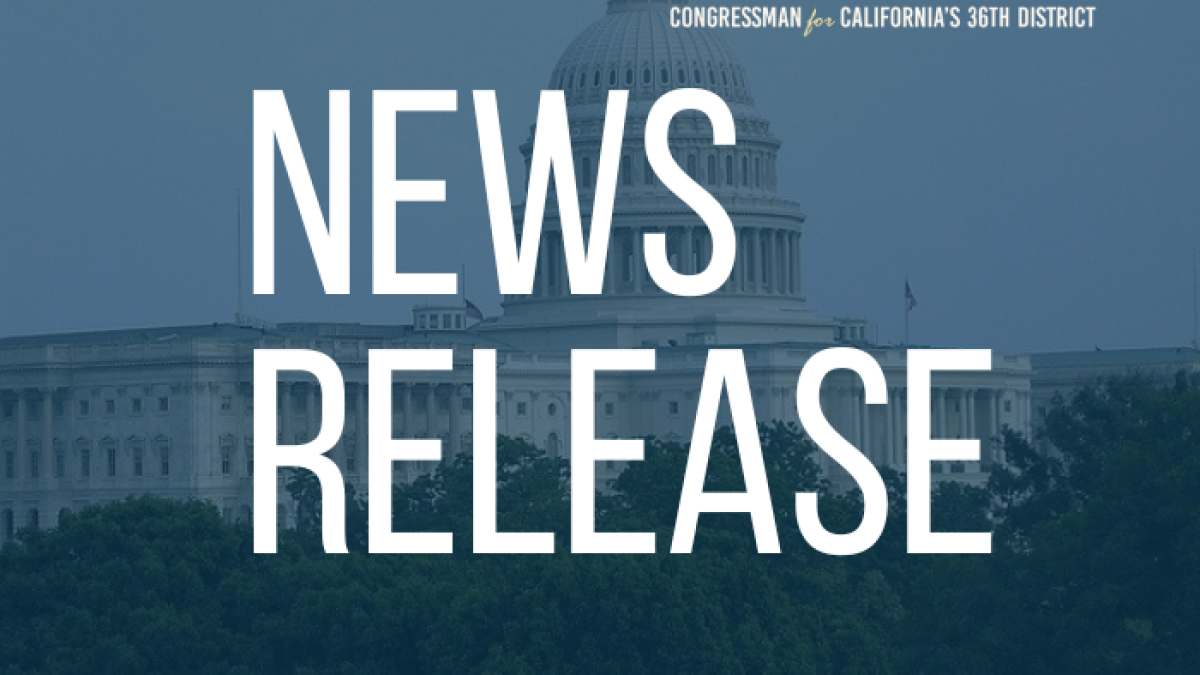REP LIEU JOINS MEMBERS OF CALIFORNIA DELEGATION CALLING ON FEMA TO CONDUCT POST-WILDFIRE SOIL TESTING

WASHINGTON – Today, Congressman Ted W. Lieu (D-Los Angeles County) joined Congresswoman Laura Friedman (CA-30) and fellow members of the California delegation in urging the Federal Emergency Management Agency (FEMA) to reverse its decision to not conduct soil testing in areas impacted by the wildfires. Testing the soil for toxic contaminants helps to ensure the safety of residents returning to their communities following the fires. Representatives Lieu, Friedman (CA-30), Barragán (CA-44), Brownley (CA-26), Garcia (CA-42), Rivas (CA-43), Sherman (CA-32), and Whitesides (CA-27) urged FEMA to take measures to ensure that wildfire survivors are not returning to unsafe and toxic environments.
In the letter, the Members write:
Dear Acting Administrator Hamilton,
Thank you for your continued work to support wildfire recovery and clean up throughout greater Los Angeles. As of February 26, FEMA has approved over $78 million in assistance to eligible Los Angeles County residents impacted by the wildfires.1 FEMA’s continued partnership and coordination with the Environmental Protection Agency (EPA) and the U.S. Army Corps of Engineers (USACE) has been critical in recovery efforts.
Additionally, we are grateful for the work of the South Coast Air Quality Management District’s (AQMD) expanded air monitoring efforts in the Eaton and Palisades Fire areas.2 As debris removal may cause hazardous dust and ash to become airborne, robust monitoring for airborne toxins is critical to protecting public health. We urge FEMA to partner with local agencies to conduct additional, comprehensive, region-wide monitoring for airborne toxins that may be disturbed by debris removal or transfer.
While we believe the ongoing efforts to monitor hazards are crucial steps forward, we write to express serious concern with FEMA’s recent decision to not conduct soil testing in fire affected areas following cleanup.3 Follow up soil sampling has been standard procedure after nearly every major wildfire in California for the past two decades. This decision also contradicts the steps taken by FEMA following the devastating fire in Lahaina, where FEMA conducted additional soil testing for toxic contaminants.
Comprehensive soil testing is essential to ensuring the safety of wildfire survivors returning home. During the cleanup of the 2018 Camp fire, which tragically destroyed the town of Paradise in Northern California, soil testing was conducted on nearly 12,500 properties. Of these, more than 4,000 properties still had toxic chemicals in the soil, including lead and arsenic. The residents of greater Los Angeles should be informed of any potential toxins in the soil as they navigate the complicated recovery process. Wildfire survivors deserve to return to safe, toxin-free properties. In order to ensure the health and safety of the residents of the greater Los Angeles area, we are requesting responses to the following questions:
- What steps has FEMA taken in previous wildfires, like those in Paradise and Lahaina, to ensure the soil is free from toxic contaminants?
- How can FEMA confirm that removal of 6 inches of topsoil, without further testing, is sufficient to ensure that unsafe levels of toxic chemicals are removed?
- Has FEMA conducted any preliminary soil testing in fire-impacted areas in the greater Los Angeles area?
- What factors were considered in FEMA’s decision to not conduct additional soil sampling in the areas impacted by the Los Angeles wildfires? How does this decision compare to previous action taken in California following major wildfires?
- Did FEMA participate in conversations with local public health agencies before deciding to not conduct additional soil testing?
- Without FEMA’s assistance, what options do wildfire survivors have to ensure the soil surrounding their properties do not contain deadly contaminants? What is the average cost of this testing?
- What are the requirements for state, local and individual property owners to be reimbursed for soil testing costs? How does FEMA determine whether results are clearly attributed to fires?
These wildfires have cause heartbreaking loss for thousands of people, and we urgently request a
comprehensive response from FEMA to the above questions. Thank you for your consideration
of this request and we look forward to your response.
Sincerely,